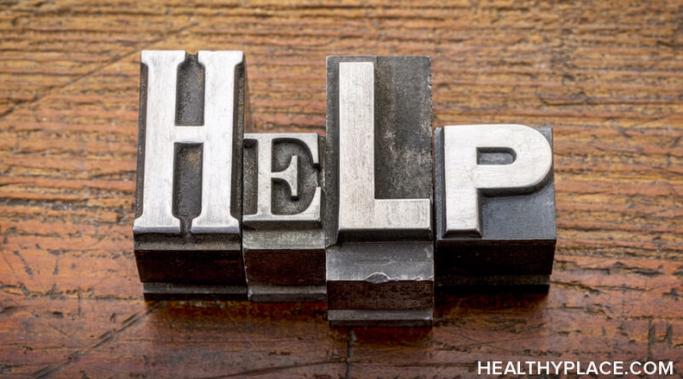There are many different types of alters in dissociative identity disorder (DID), including fictional introjects (Understanding Dissociative Identity Disorder Alters). Fictional introjects, also called fictives, are alters that are based off of fictional people or characters. While not as common as other types of alters, fictives are just as important. So how do these fictive alters in DID form, and what is their purpose?
Working with Alters
The dissociative identity disorder (DID) host in our system has a job similar to the host of a party. When I think of a host, I think of a man or woman attending to the needs of the party-goers, scurrying about a table of guests, flitting from room to room, checking on food and drink to make sure each guest has what he or she needs. A host may wear many hats, including a manager, entertainer, presenter, and all-around overseer to make sure the party runs smoothly. In DID, most systems have what is also called a “host,” which, in some ways, is very similar to a traditional host whom might manage the surrounding environment.
It can be very difficult to ask for help for dissociative identity disorder (DID). People with mental health struggles, including people with DID, often need help and support from people on the outside, whether it be doctors, therapists, family, or friends. Sometimes, it is obvious to others that we need help (Dissociative Identity Disorder Signs and Symptoms). But what happens when we need help for dissociative identity disorder and have trouble asking for it?
Risky behaviors can be a part of dissociative identity disorder. May is Mental Health Awareness Month, and this year's theme of risky business applies to those with dissociative disorders, including dissociative identity disorder (DID). Risky behaviors, including alcohol and drug use, risky sexual behavior, and compulsions are present in many mental illnesses, including DID. These risky behaviors can exacerbate symptoms and increase suffering. So how can we know when the risky behaviors associated with dissociative identity disorder have gone too far?
There can be a lot of unknowns in dissociative identity disorder (DID), including what parts make up your DID system. While some people with DID seem to know everything about their alters, there are others with who don't even know how many parts they have. It can be frustrating when you don't have all the answers, but it's okay not to know everything. You can still live, and you can still heal, even when your DID system parts are unknown.
Life with dissociative identity disorder (DID) is often filled with self-doubt. People with DID doubt their memories and doubt themselves. It is especially difficult in the beginning of a DID diagnosis, when the urge to engage in denial is often the strongest. But the tendency towards self-doubt doesn't stop there; it can continue for years. One cause of consistent self-doubt is related to a type of psychological abuse experienced by many with DID: gaslighting.
Suicide risk in dissociative identity disorder (DID) is a significant concern (Facts About Suicide). People with DID have one of the highest risks for suicide. According to the Diagnostic and Statistical Manual of Mental Disorders (DSM-5), more than 70% of outpatients with DID have attempted suicide, and multiple suicide attempts are common. What causes this increased suicide risk in DID, and can it be prevented?
Grief and dissociative identity disorder can be complicated. People experience grief at various times throughout their lives, often when someone passes away. These losses can be difficult to manage, and when you have dissociative identity disorder (DID), that grief can be even more complicated. Recognizing the complexity of grief and working through it is important for those with DID in order to get through times of loss.
While the experience of alters becomes the norm when you have dissociative identity disorder (DID), it can be difficult for those without the disorder to understand what the experience of having alters in DID is like. To continue with Mental Health Month and the #mentalillnessfeelslike campaign, I asked a group of people with DID to describe how it feels to have alters. Here is a glimpse of what it feels like.
Dissociative identity disorder (DID) alters come in all shapes, sizes, and ages and you need to know how to work with young alters. Alters can stay the same age forever, change age depending on the situation (age-sliding), or age normally. Many systems have alters of various ages, including ones that are older and ones that are younger than the body. It is important to recognize these age differences and work with alters at age-appropriate levels. Young alters can be complicated to work with, but there are things you can do to work better with your younger alters in dissociative identity disorder.






